If there was ever an era-defining car for a marque, the Evoque is the ultimate example. This entry-level Range Rover catapulted what was then Jaguar Land Rover (now JLR) into a new sphere of success.
The sight of the mini Range Rover, closely related in style to its iconic big sibling, became the norm across the country and it was, anecdotally, the new favourite for middle-class mums doing the school run.
That all may be true, but has it managed to stay relevant in the fast-changing landscape of compact SUVs over the past decade? We’ve taken on our new long-termer quite far into its second generation, which has received plenty of mild updates over its six-year lifespan.
On its arrival, it struck me that, appearance-wise at least, this latest Evoque feels bang up to date, with modern exterior styling and an impressively slick interior.
Ours is the all-singing, all-dancing version. Its full name on the specification sheet is: Range Rover Evoque Autobiography Petrol Plug-in Hybrid Ingenium 1.5-litre 3-cylinder 269HP Turbocharged Petrol PHEV (Automatic) All Wheel Drive. And breathe. This plug-in hybrid is the most expensive, but there are also petrol and diesel mild hybrids, starting from £44,755. They’re called the D165 diesel mild hybrid, D200 diesel mild hybrid and the P160 petrol mild hybrid.
This PHEV used to be called the P270e, but confusingly that seems to have been dropped and it’s simply titled ‘Petrol Plug-in Hybrid’ on the website configurator. It’s powered by the JLR Ingenium 1.5-litre turbo petrol alongside an electric motor, which delivers 29 emission-free miles of real-world range. That seems pretty poor these days. Its BMW X1 rival, for instance, has a claimed EV range of around 50 miles.
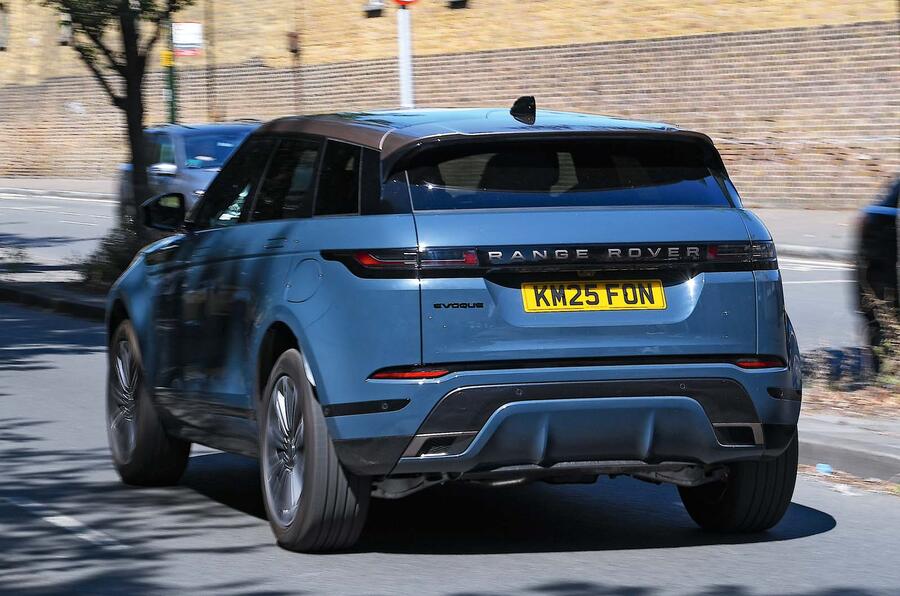

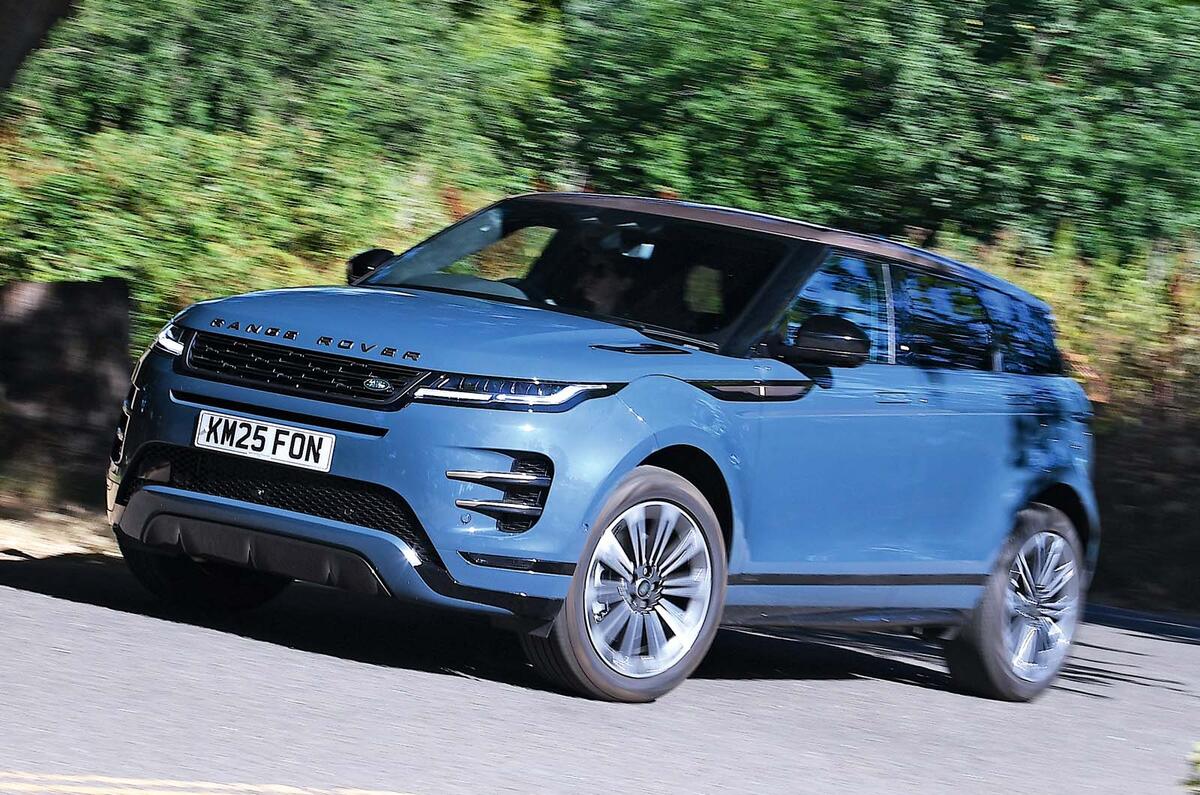

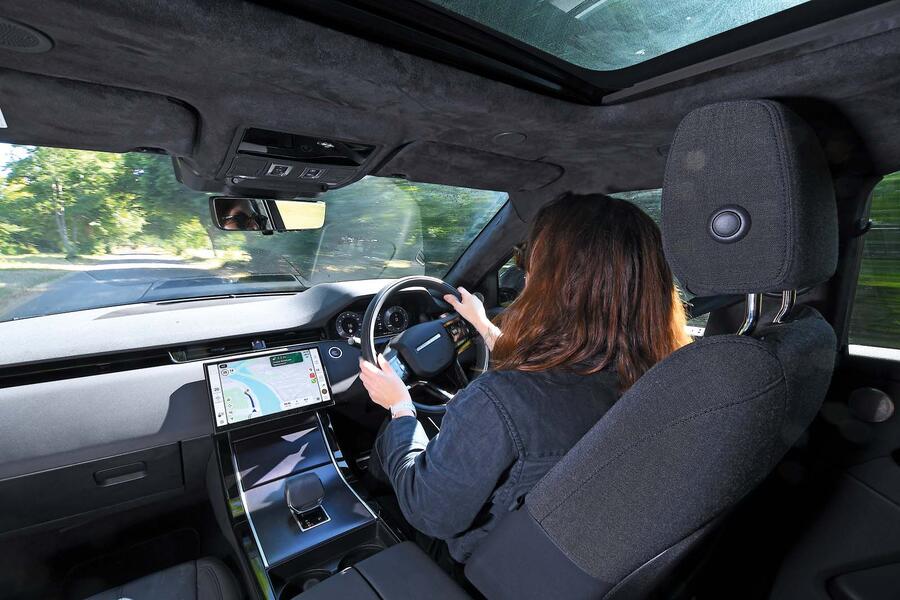
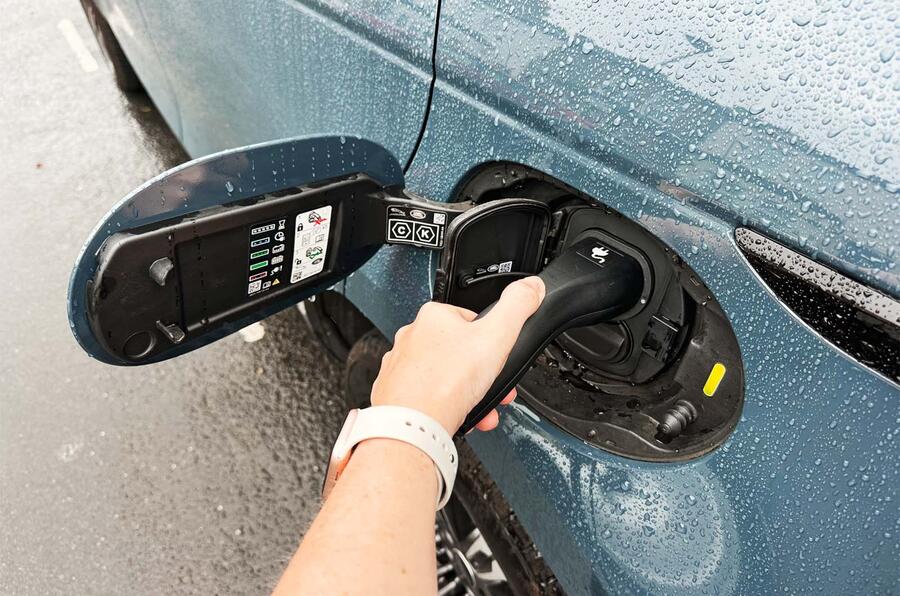
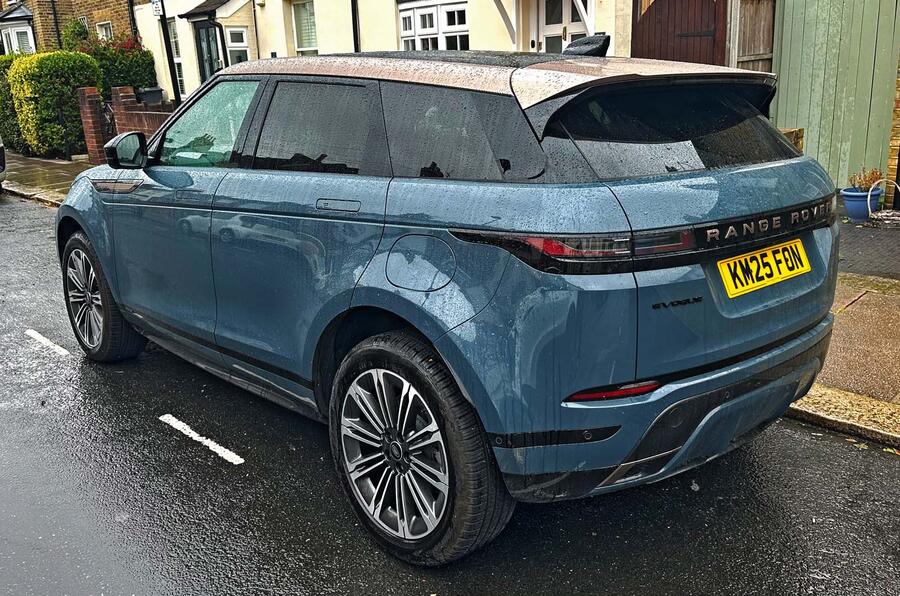
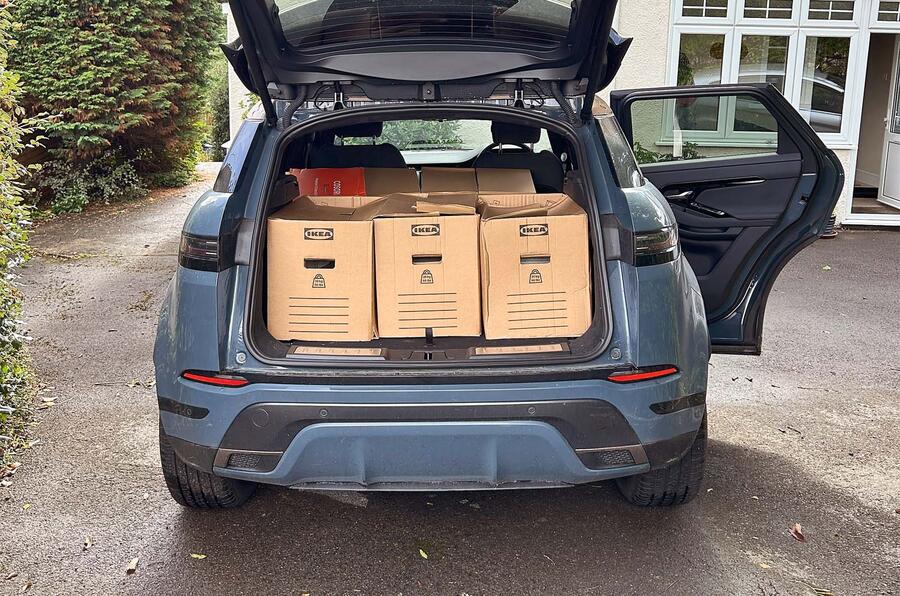
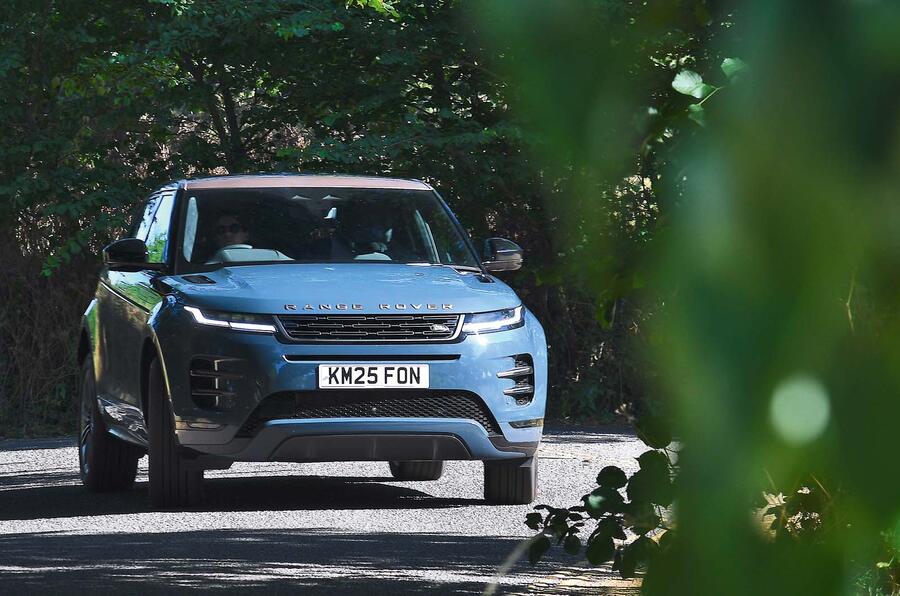
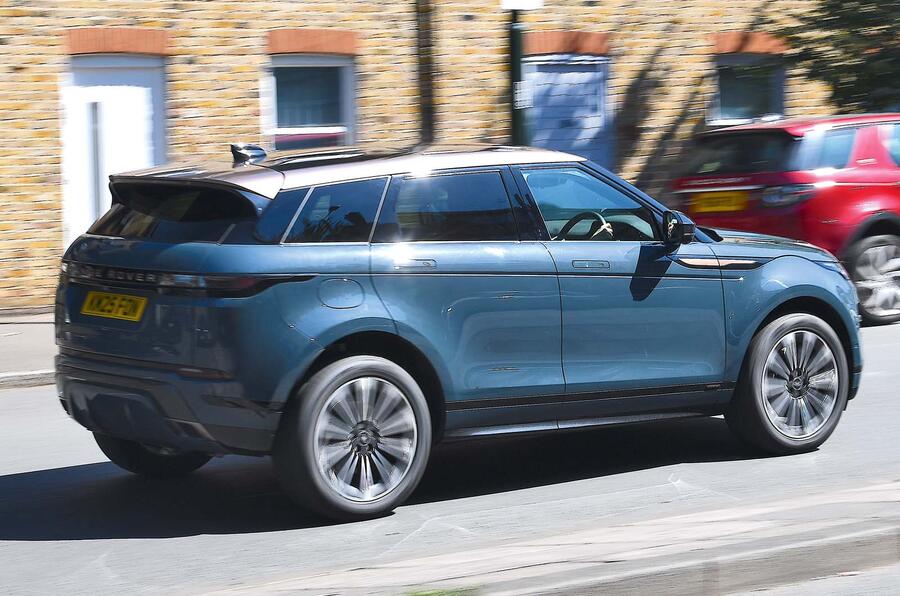

Join the debate
Add your comment
Am I the only one left confused?
a. The problem is that often I don’t use it ( engine) with the electric motor. And research has shown that many PHEV owners use their vehicles in the same way.
b. ...it’s reasonable to expect more refinement from a 1.5-litre turbocharged engine. That said, it’s delightful in electric mode, and probably the majority of people opting for a plug-in hybrid Evoque will run with the battery topped up when they can.
Was this article written by Dr Jekyll or Mr Hyde?
Steve Cropley levels of hagiography here.
At £63k this Evoque is wildly outclassed these days, but don't worry, it's JLR, so call it a 'luxury superstar'.
Wild.